Deutschland
Ah yes, Deutschland. We have been to Germany many times over the years and have fabulous memories of exploring it’s many corners under all sorts of different circumstances. The previous day we had crossed the border from Poland, failed to get our Webasto cooker fixed, and camped outside of Berlin with the plan to revisit this wonderful city. The cold drizzle didn’t deter us, we were keen to explore the nation’s capital.
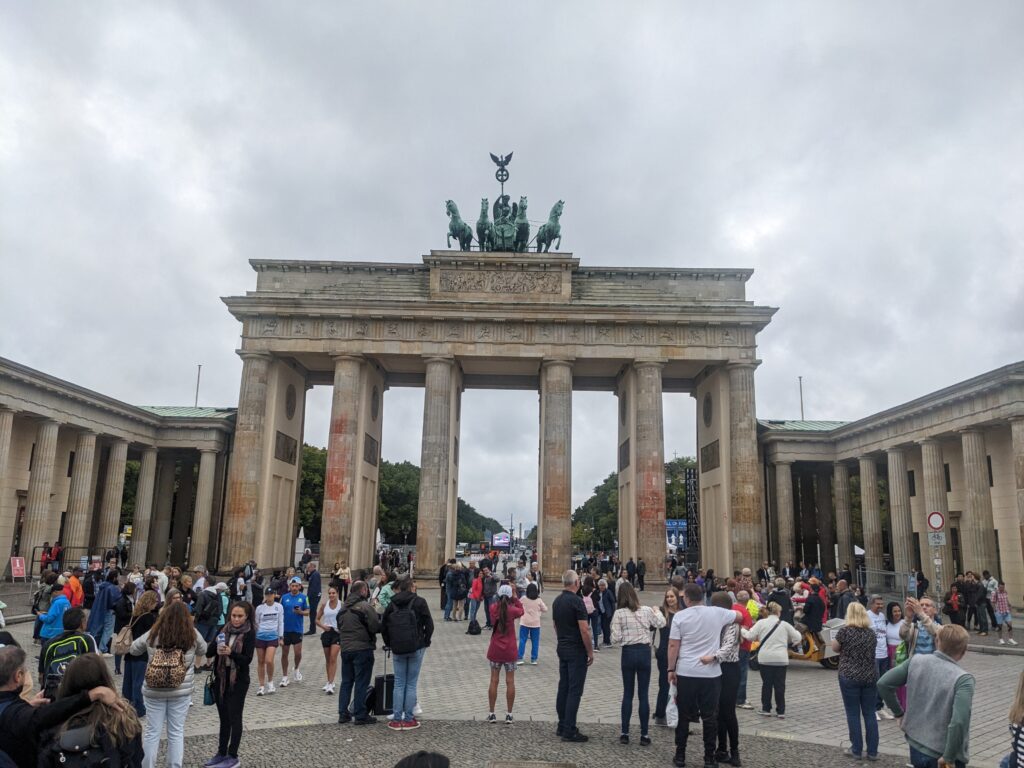
The last time we were in Berlin together was 1982, a long time ago. In 1982 Berlin was still divided by the infamous wall and we had passed through Checkpoint Charlie for the day on foot from West Berlin to the dark and mysterious East Berlin. At the time Berlin was still suffering the divisions and political drama left over from WWII and still had an uncertain future.
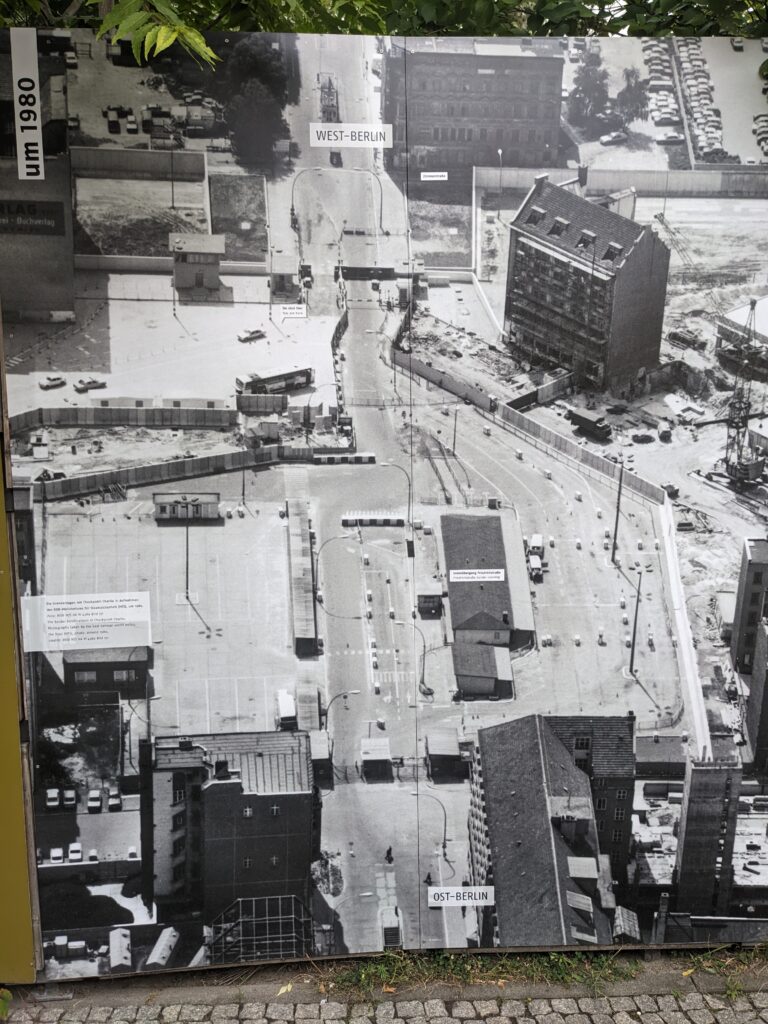
But as we’ve seen elsewhere on this journey through former Eastern European countries, the late 1980’s and early 1990’s brought seismic change to former communist countries. And nothing was more dramatic and liberating than in 1989 when the wall, which had divided this city and the country, finally came down. Today Berlin is the capital of a united Germany, a throbbing city of 3.7 million with a tragic history and a key role in European and world politics.
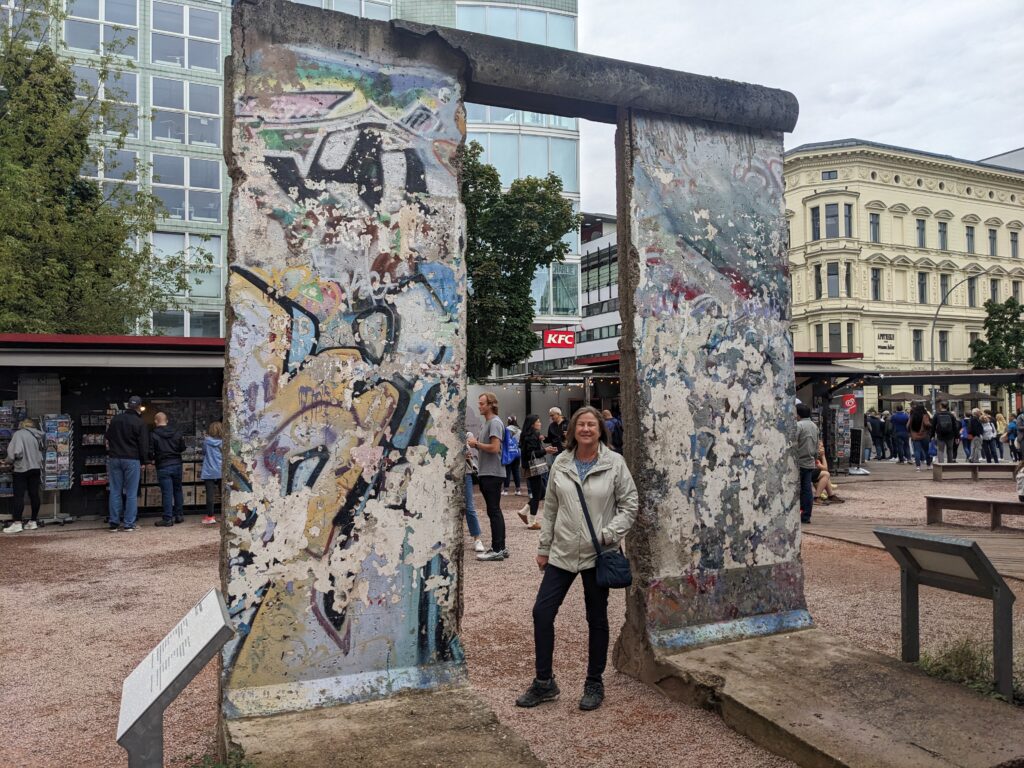
Tramp was exhausted from a few days of long driving so we left him behind and caught the train into downtown Berlin, starting at the historic Brandenburg Gate. This famous landmark was once a symbol of Cold War division but today represents the peace and unity that Berlin enjoys.
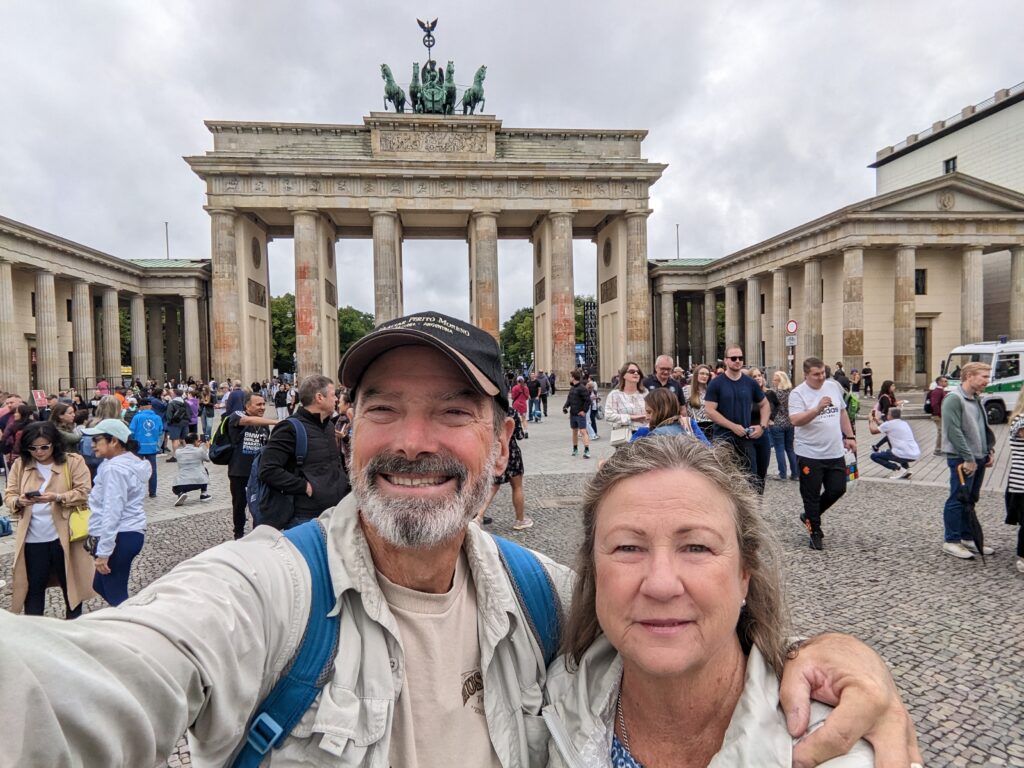
We decided to do an old trick that has worked for us in many large cities before and that is to take the double-decker hop-on hop-off tour of the city to get re-oriented and refamiliarised with Berlin. It turned out to be a genius decision because we gained a good view of many buildings and places we wouldn’t have otherwise been able to reach.
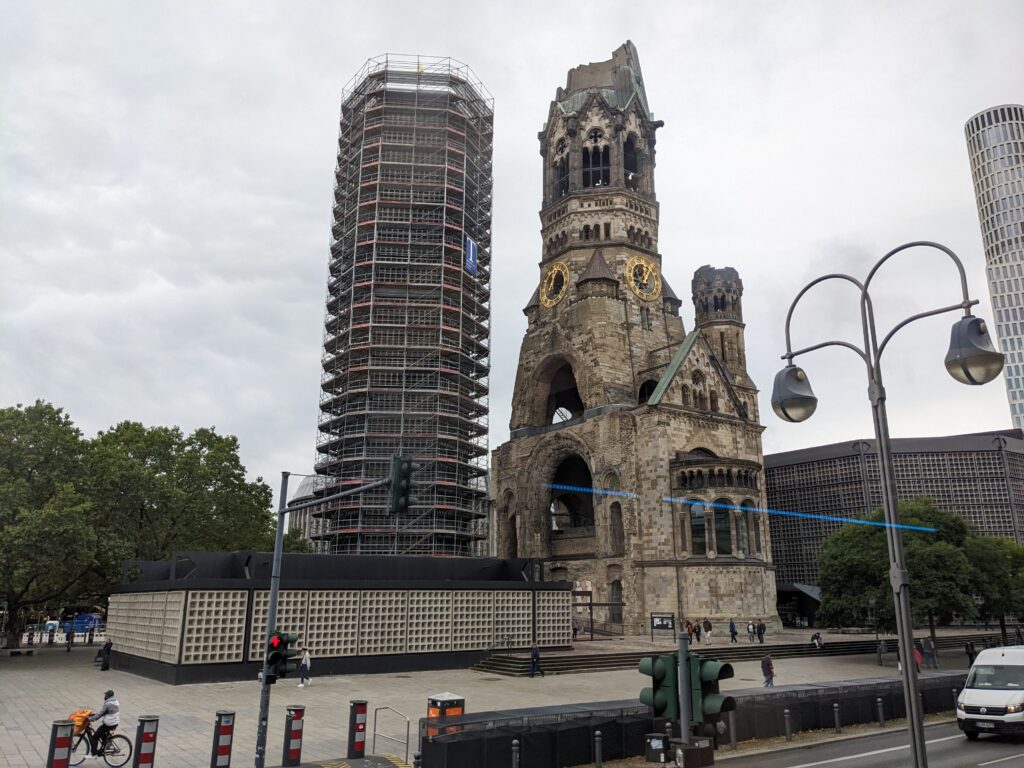
And we saw both the good and the not so good of how Berlin has changed in the 41 years since we last saw it. There are a plethora of museums in the city and substantial shopping complexes and hotels in the former East Berlin side that used to be vacant land. But the architectural elements of many new buildings left us a bit cold – perhaps very functional but not very attractive or unique.
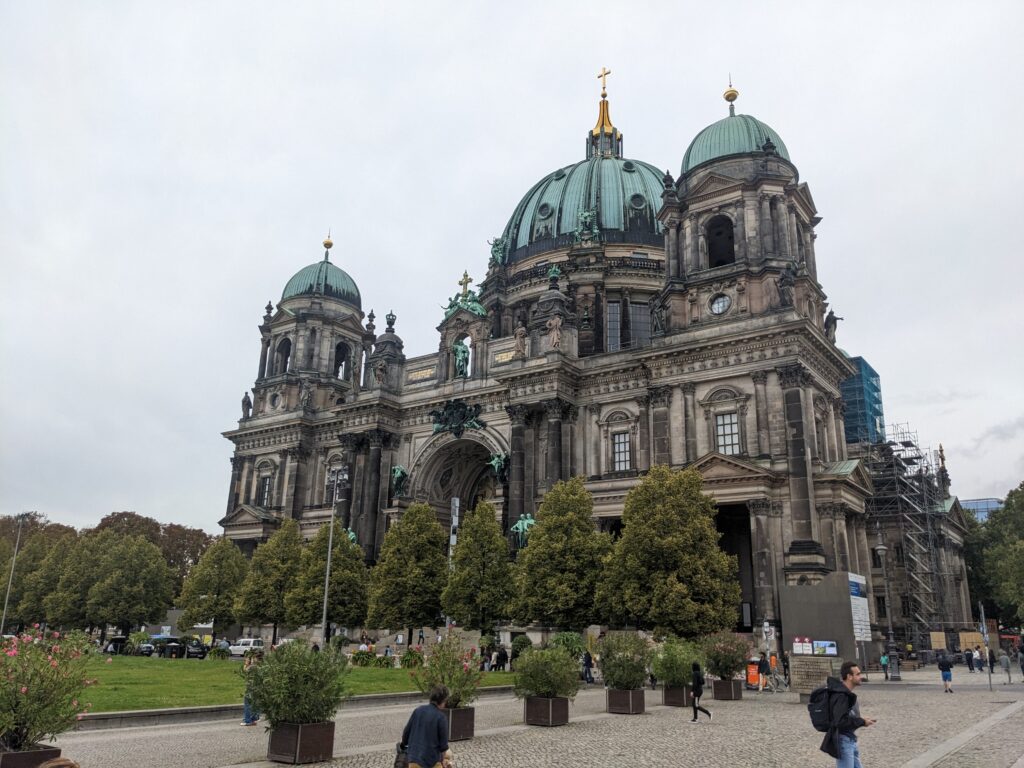
We then walked down to Checkpoint Charlie which used to be the only point in the city where free citizens could cross between the West and East. Today it is a zoo of people, shops, museums and artifacts from those sad bygone days.
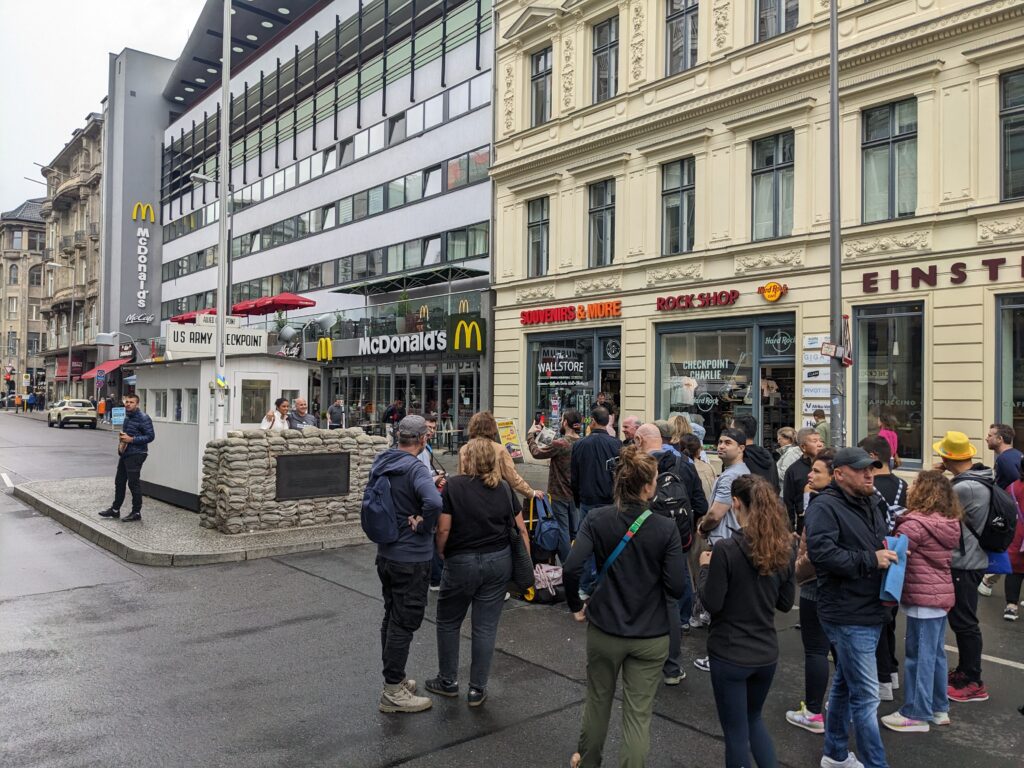
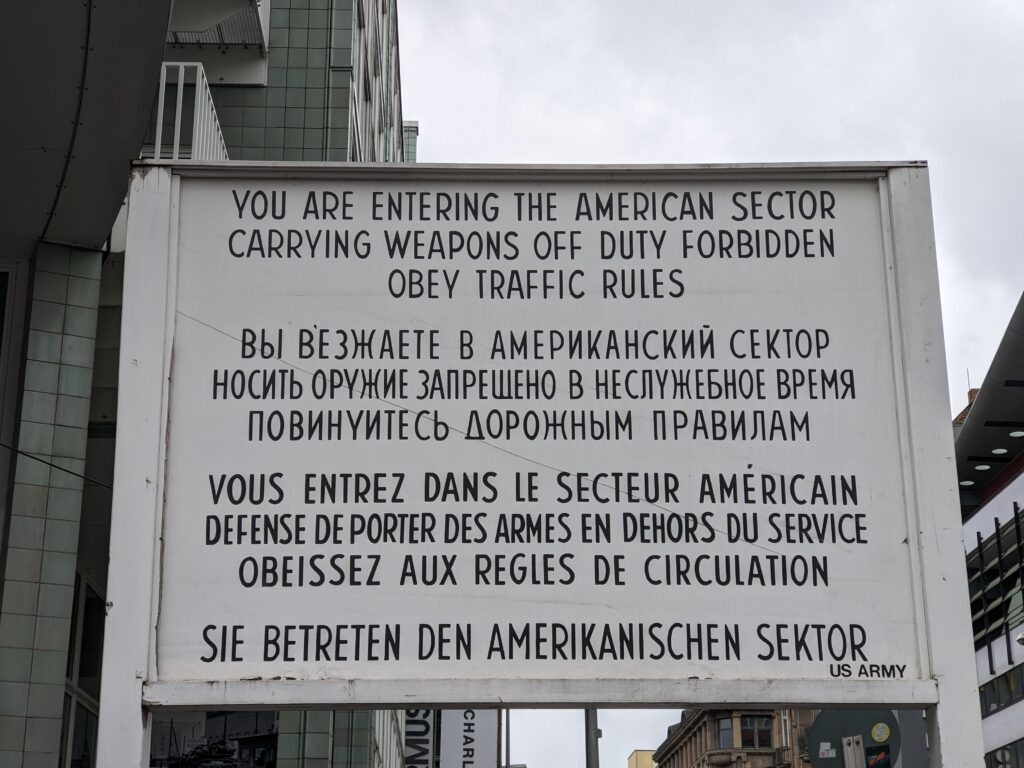
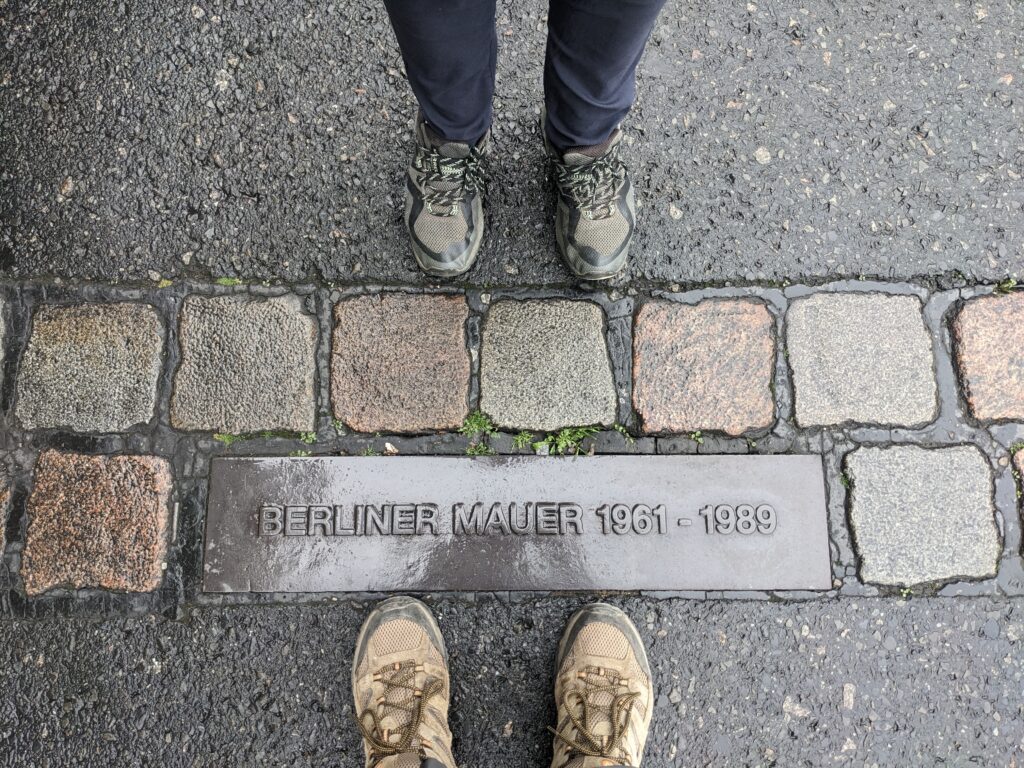
We also took in the outstanding but strangely-named Topography of Terror Museum which superbly documented how Hitler and the Nazis grew in power in the 1920’s and 30’s, how they prosecuted their war, including the infamous concentration camps, and how they eventually lost. The museum was a sobering yet important message for all of us.
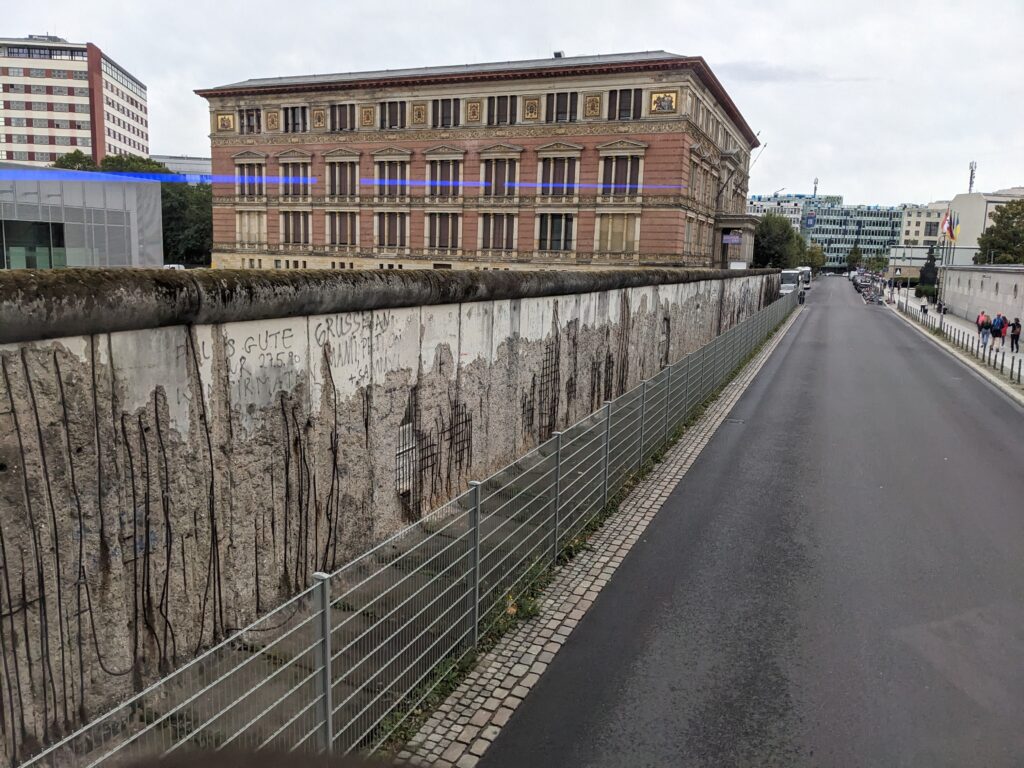
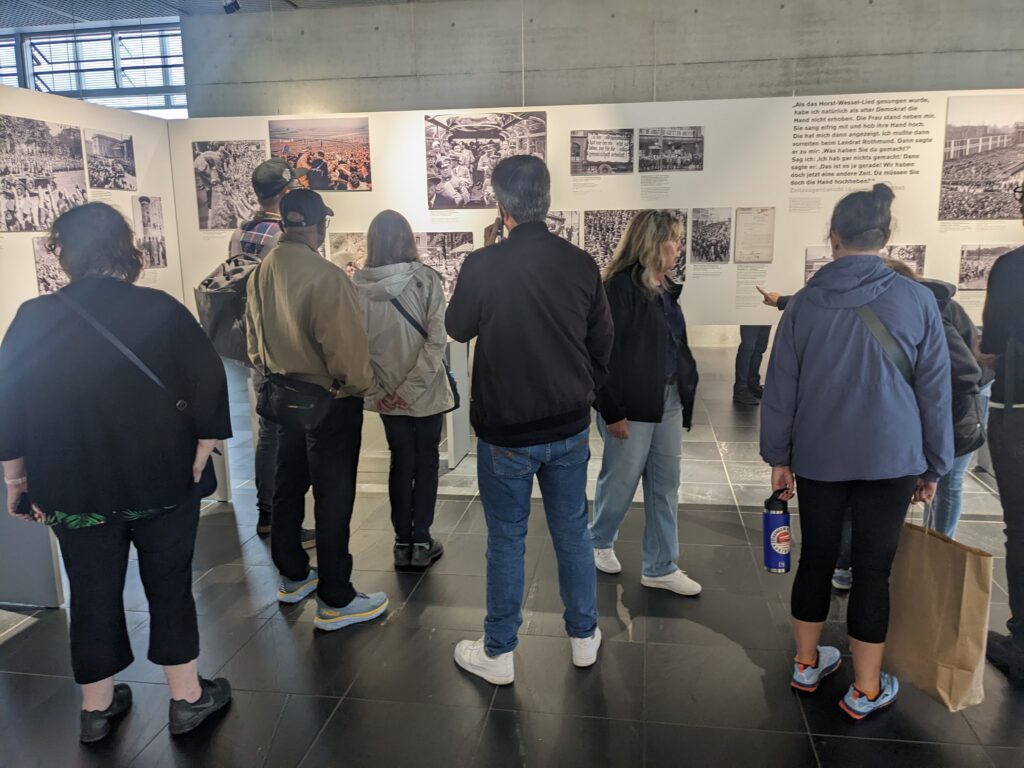
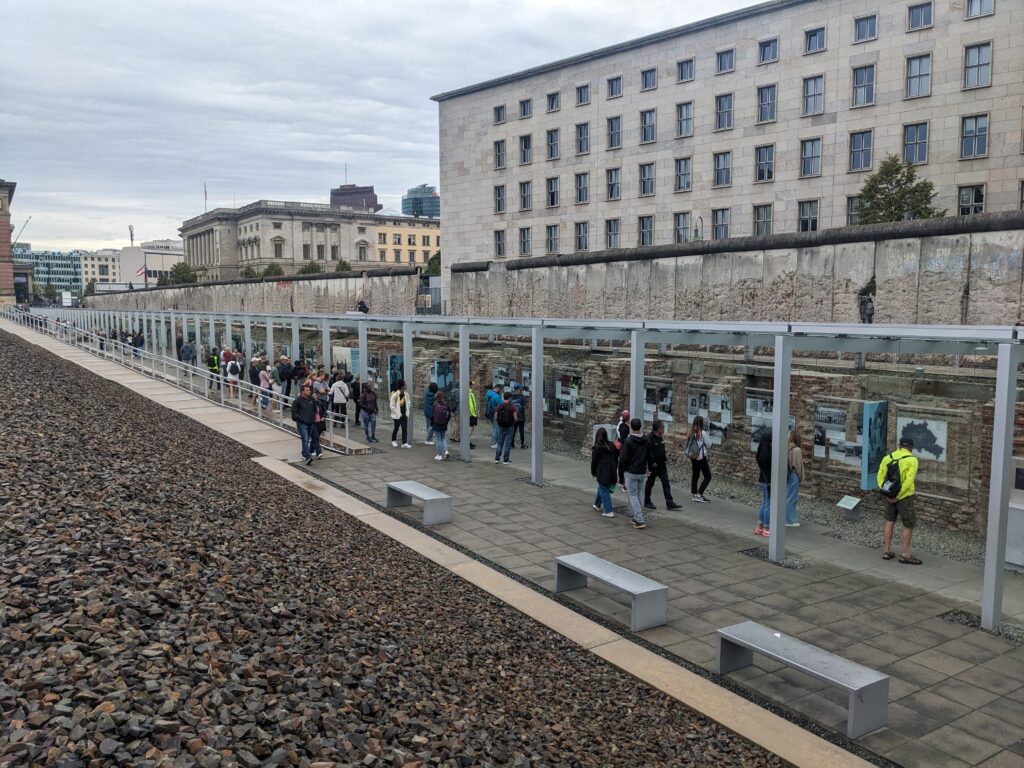
When these tired old Aussies finally got back to Tramp at the campsite we knew we’d had one of our best days in ages – to relive our visit to Berlin so long ago and to catch up with one of our favourite places and it’s unique place in European history. Berlin, you’ve been through a lot but you’re awesome!
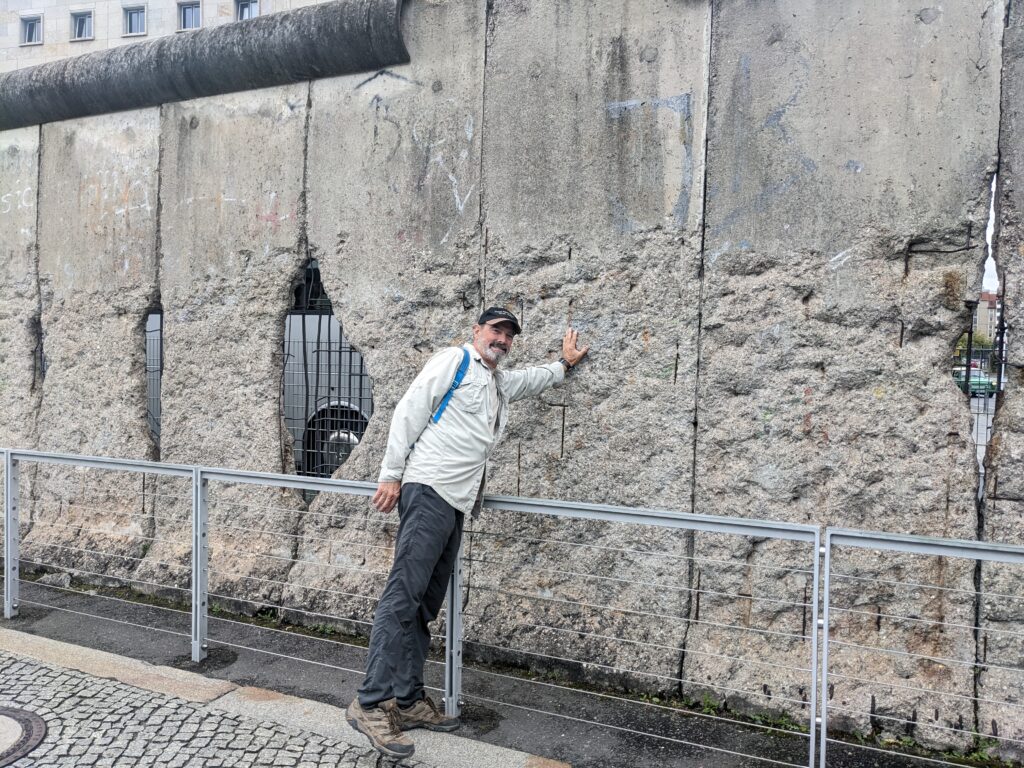
We turned our attention to six days from now when we had to drop Tramp off at the port in Zeebrugge Belgium so he can be loaded onto a massive cargo ship for his ocean cruise to the US. So we headed south, putting in some good clicks before reaching the medieval town of Quedlinburg. Now to be honest, I hadn’t heard of Quedlinburg until I started researching our route that morning but it’s well-preserved buildings, some going back to the 14th century, and extensive old town area suddenly made it a must see area for us.
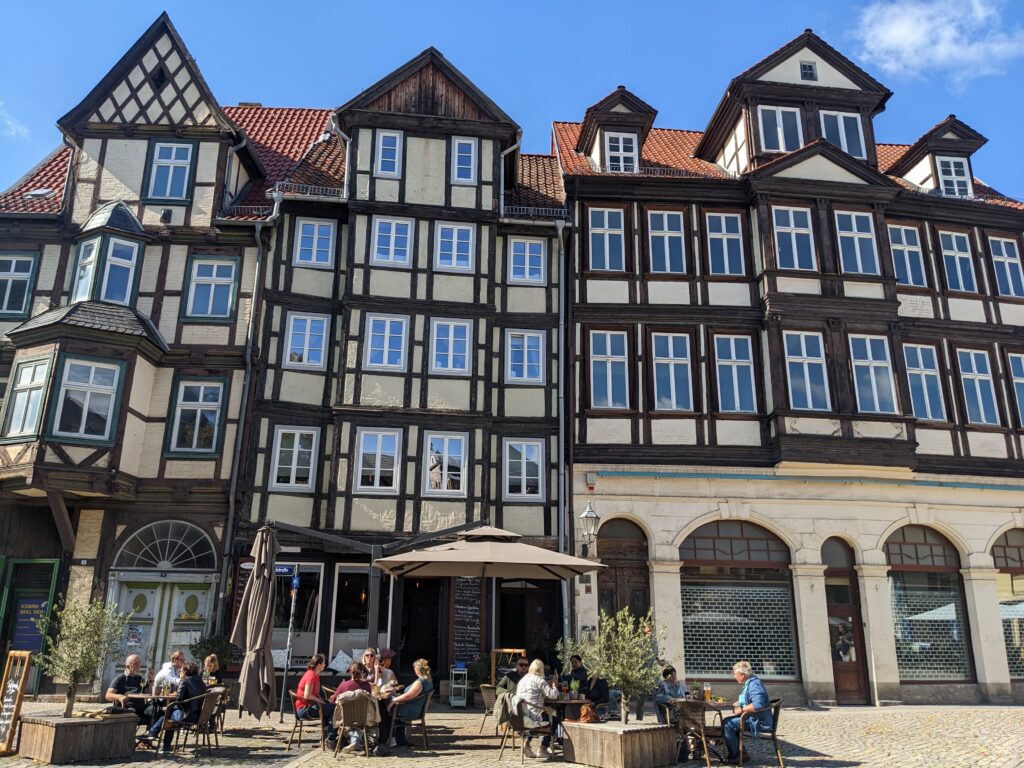
Oh wow, was this place great! A UNESCO World Heritage Site, which gives it considerable kudos, Quedlinburg’s old town had a series of narrow walking streets and a fabulous square which all featured what is called half-timbered buildings, many of them original from hundreds of years ago.
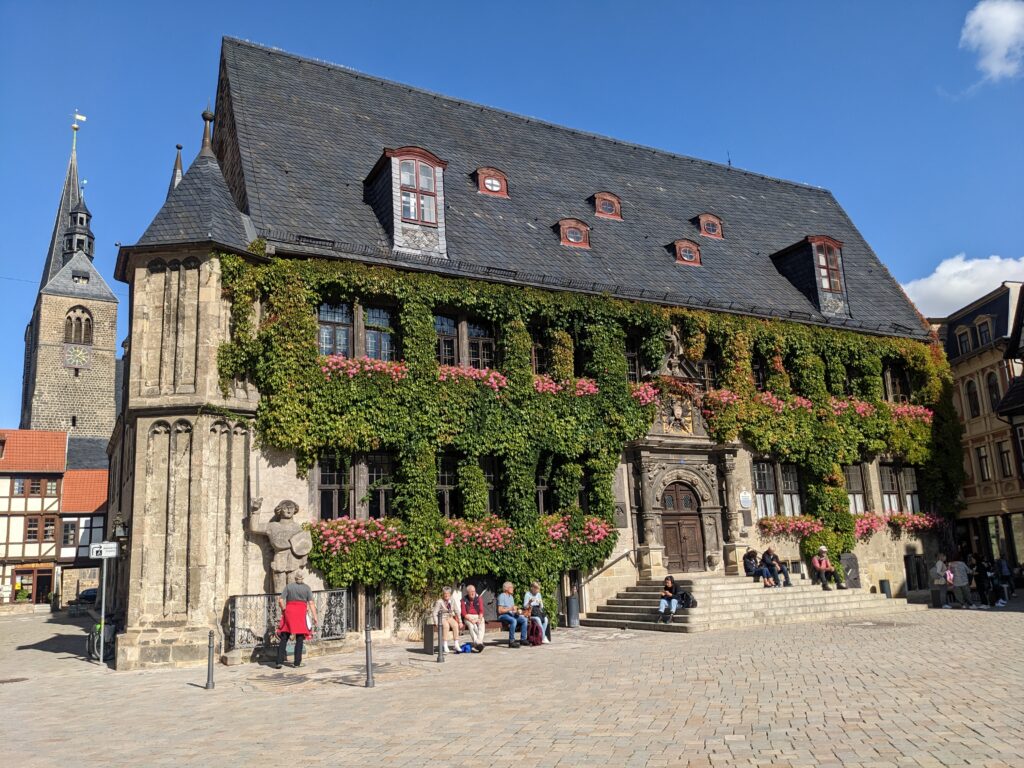
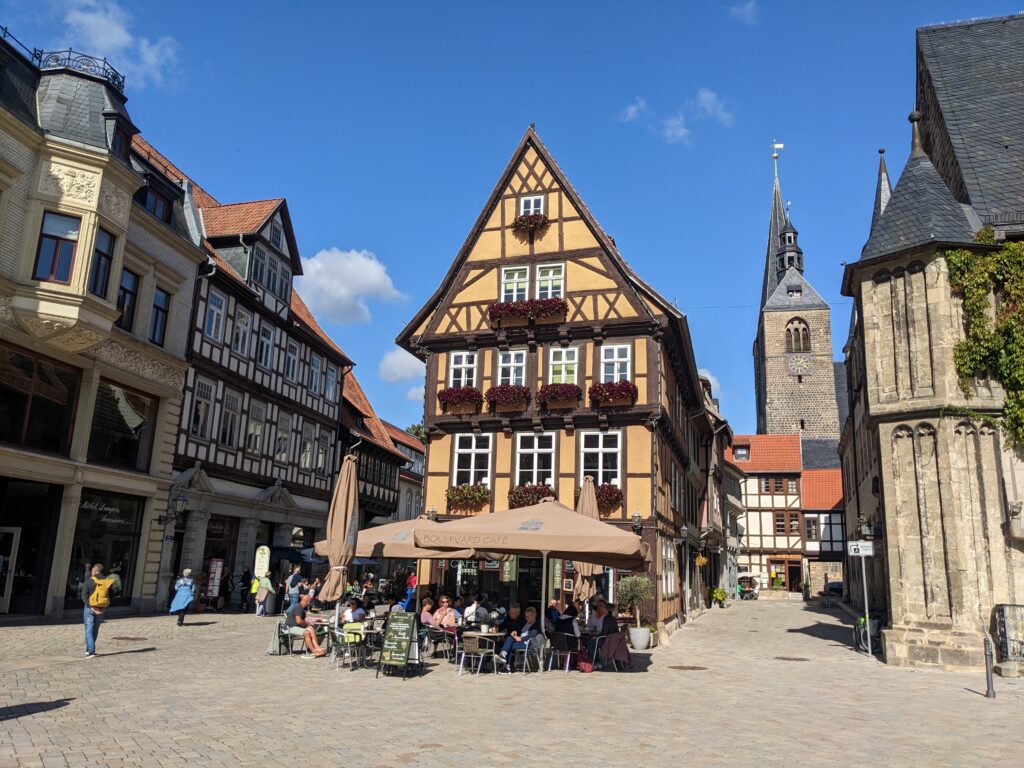
We couldn’t get enough of this place and wandered around exploring everything the town had to offer, including it’s popular wurstl stand. Quedlinburg definitely punches above it’s weight.
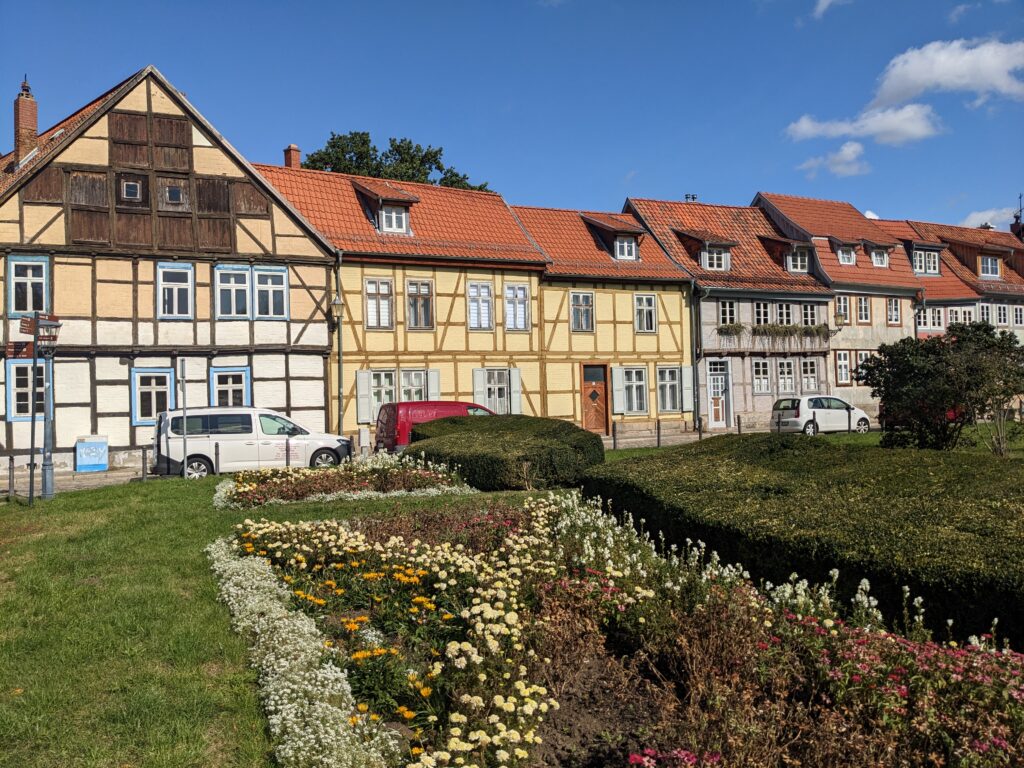
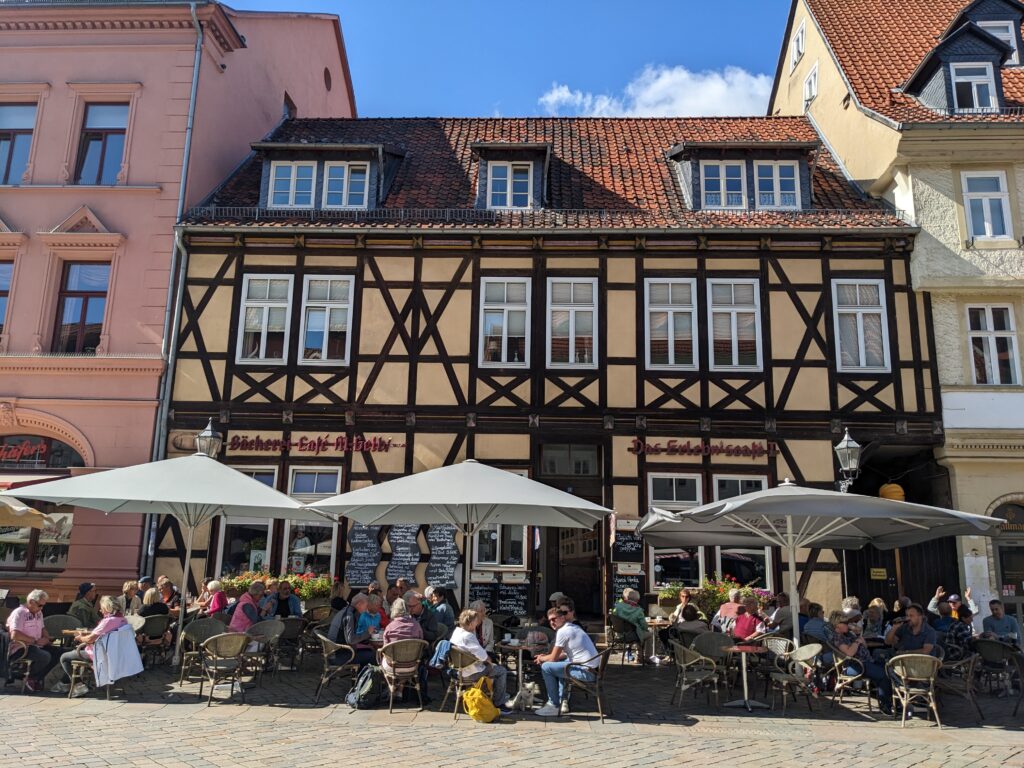
Having got the taste for these medieval towns we drove a short distance to Wernigerode, another place with a great old town featuring uncountable buildings made in the half-timber style. Wernigerode was clearly popular with the locals as all the outdoor cafes were bopping with a Saturday afternoon buzz but we restricted ourselves to an ice cream rather than the full German I’ll-have-a-huge-beer-and-sit-in-the-sun experience.
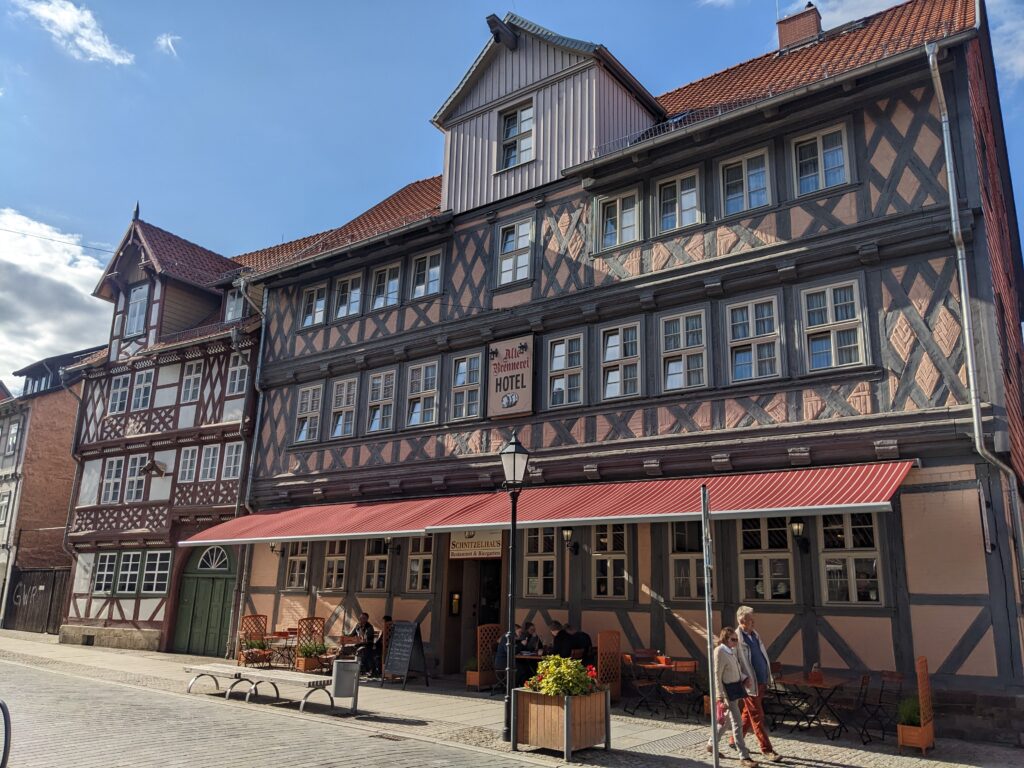
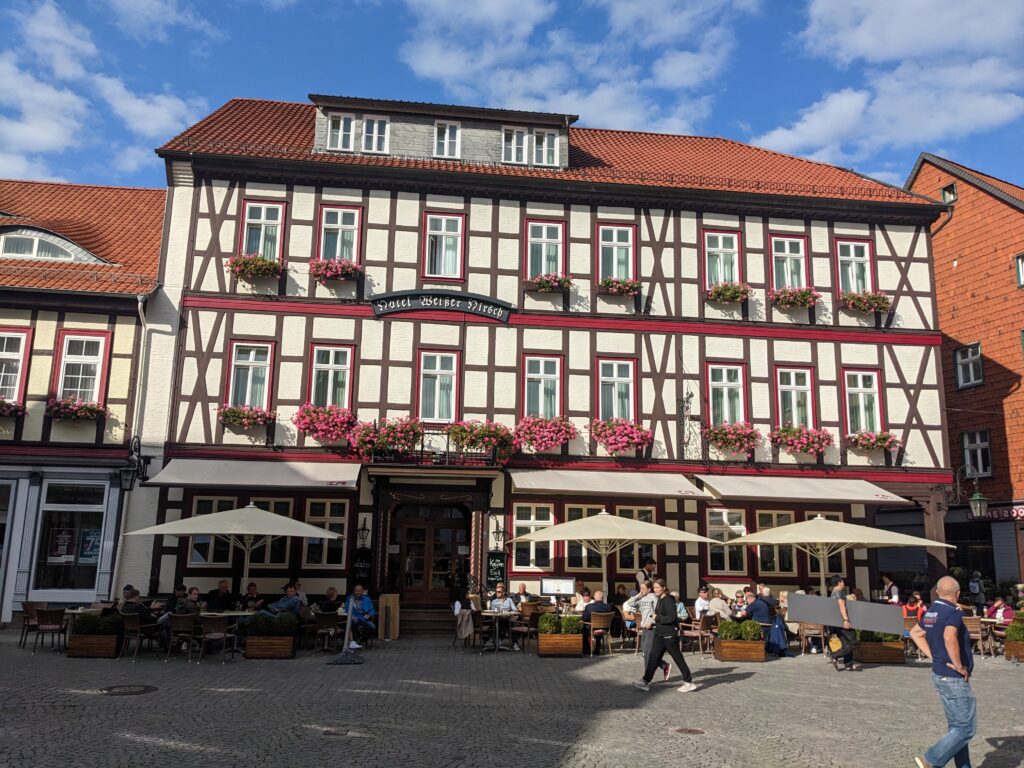
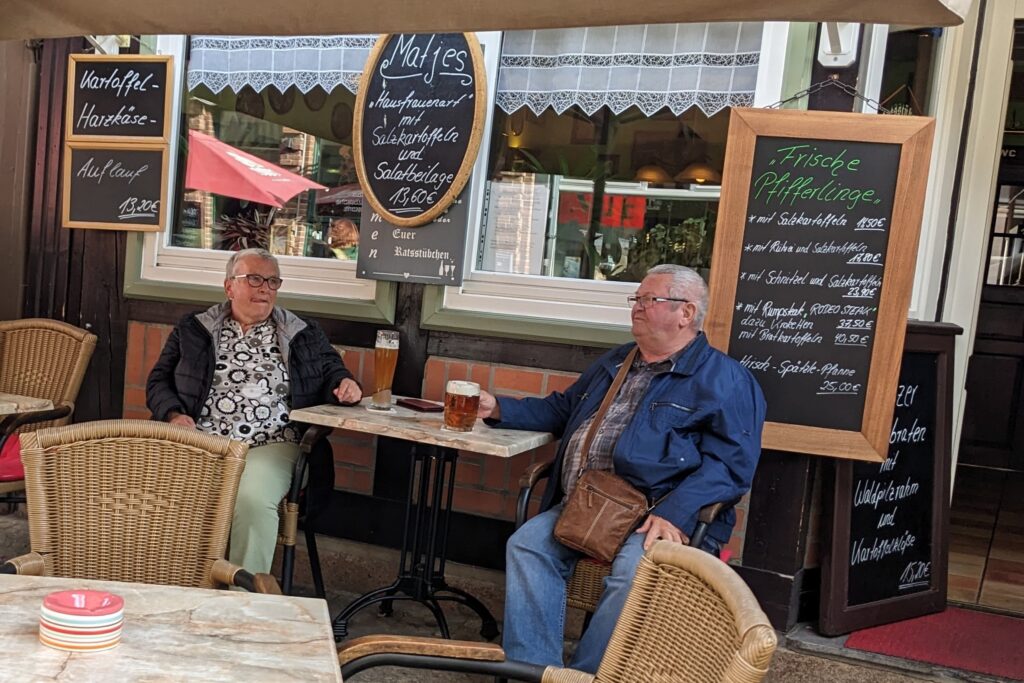
We left Wernigerode and crossed what is now an almost indistinguishable line – the old heavily fortified and defended boundary between democratic West Germany and communist East Germany. Now a declared open green zone of forest and natural growth, this boundary once physically separated the two ideological and political camps of the world. We camped that night just on the western side near a large dam in the forest, having achieved our mission of driving closer to Belgium but still exploring a bit of central Germany.
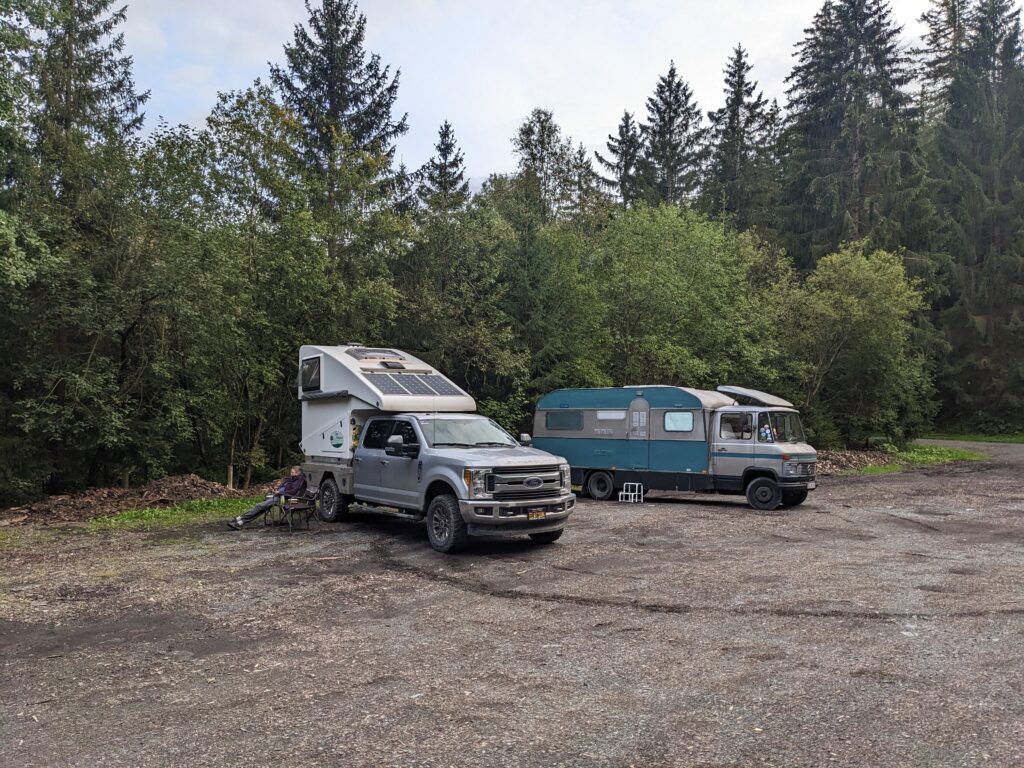
The next day we headed in the same direction with the same mission in mind. But within 15 kilometres we had stopped at the historic town of Goslar to explore it’s old town, churches and Imperial Palace.
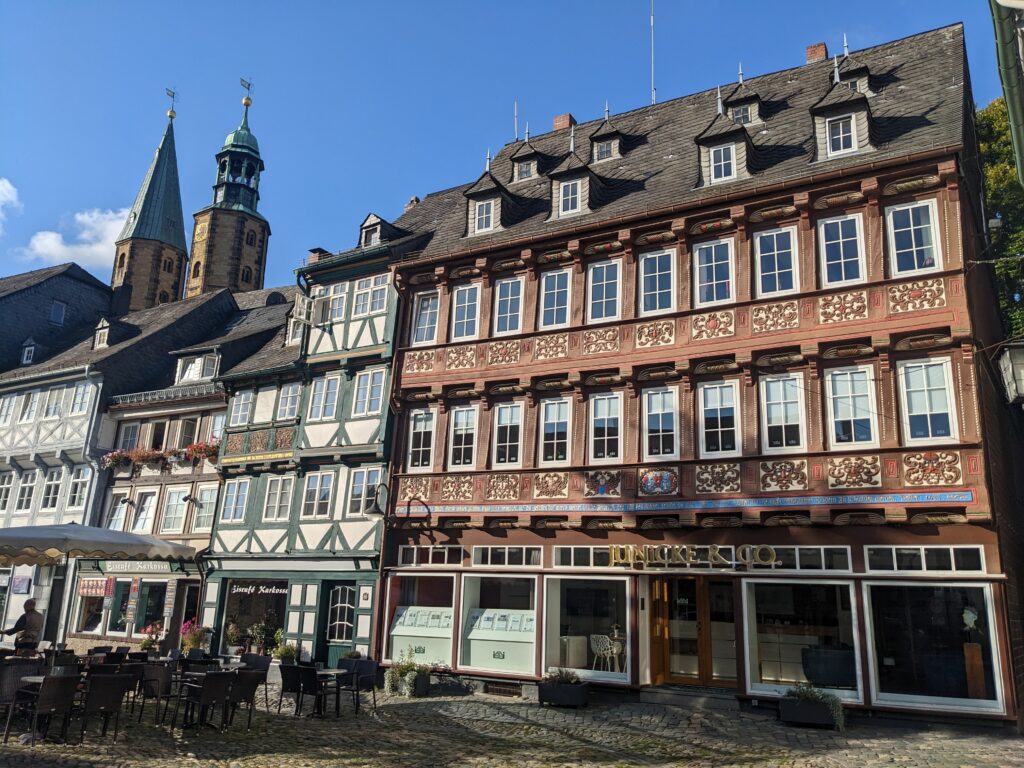
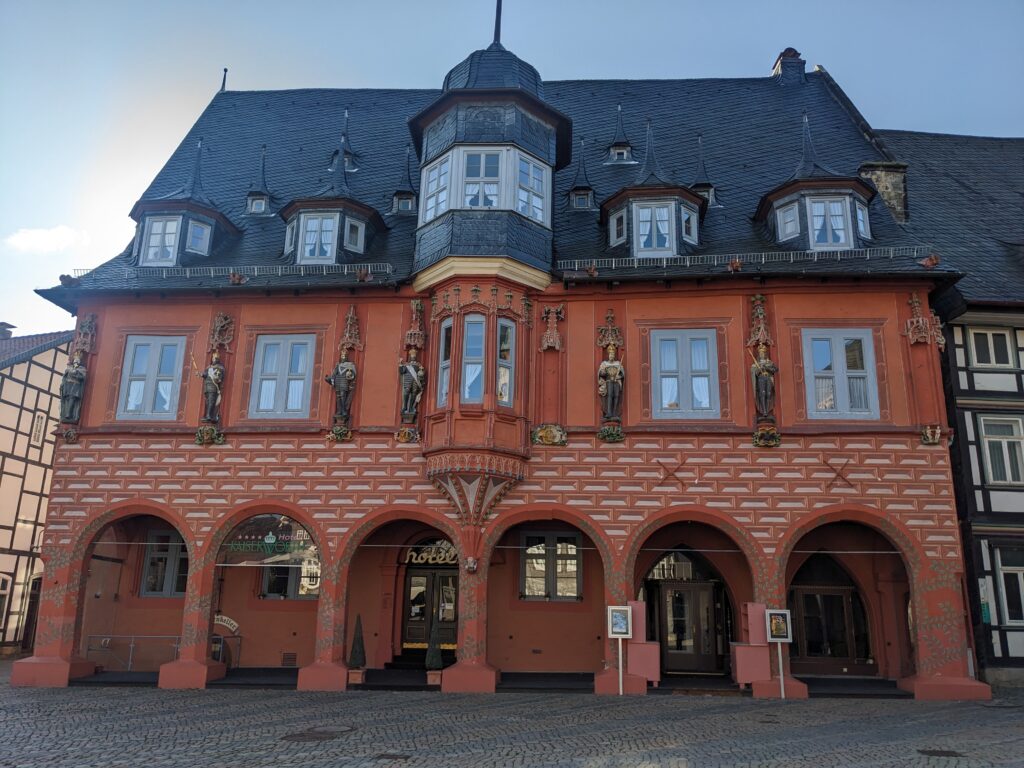
Goslar was once a medieval capital of this region, largely built and trading off it’s rich silver mining in the area, today it is a beautifully preserved town with outstanding half-timbered homes, a couple of wonderful churches, a handsome rathaus (town hall) and a couple of beautiful old hotels. Throw in a huge Imperial Palace, a market square, a couple of cool fountains and the old town mill and you have a fabulous way to start the day.
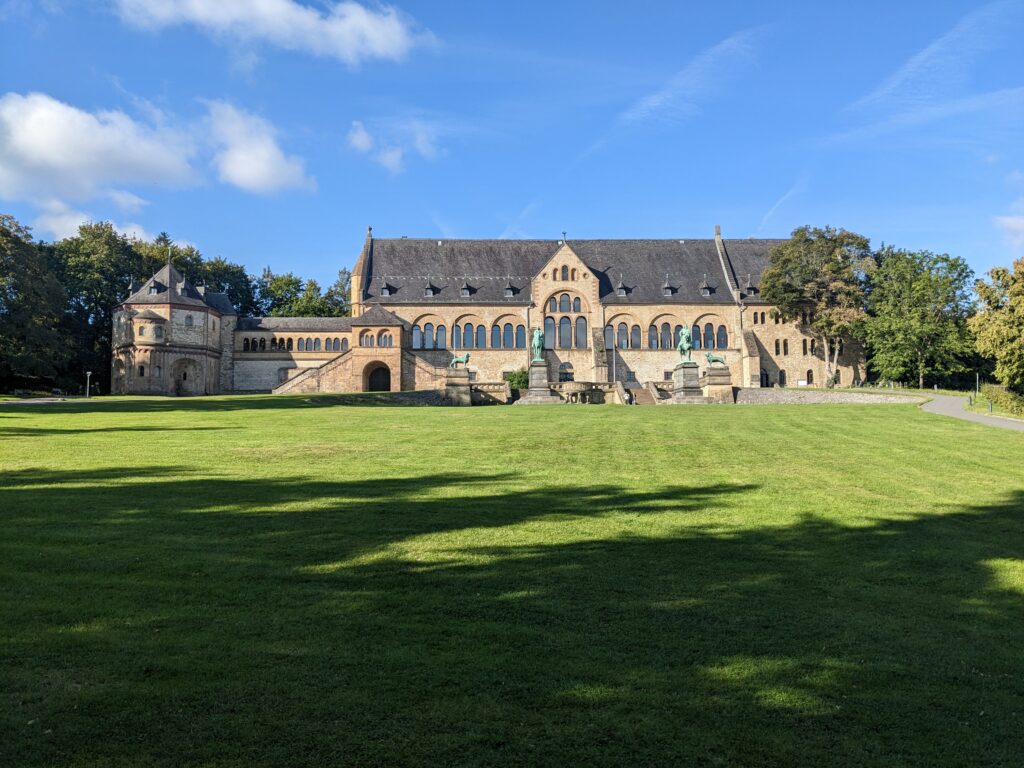
But trundle on we must so we climbed up on to the closest autobahn heading our way and proceeded to put on more than 400 kilometres of cruise-control monotony. Yes, the rural countryside was beautiful and the sun was shining and Tramp was humming but an autobahn is always just an autobahn.
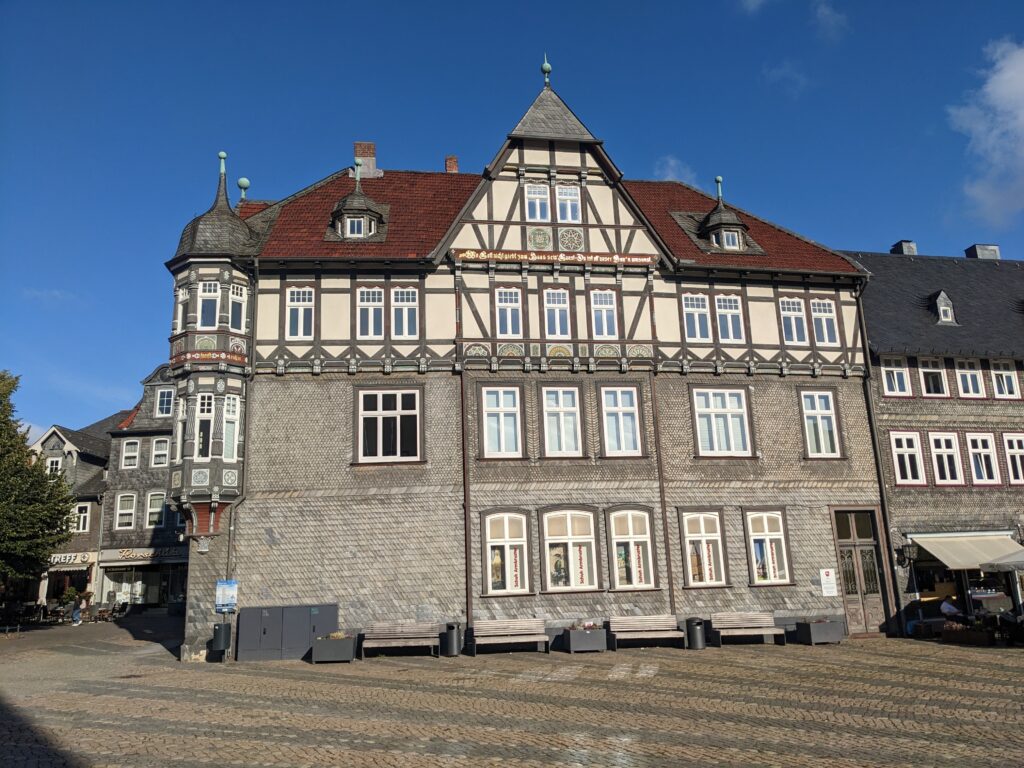
One curious note here. It’s no secret that our overwhelmingly largest cost of Follow the Sun is fuel, about 45% of our total costs. That is largely due to Tramp being a very thirsty beast. So I often play fuel roulette, researching, hunting and gambling that another place, maybe the next place will be cheaper. Sometimes I win, sometimes I lose. But we saw in Germany a litre of fuel at one of the autobahn service centres was €2.40/litre, or a staggering A$3.96/litre (US$10.50 per US gallon). I gambled, took an exit ramp, down into the village, found a petrol station and the price was down to €1.89, a savings of €0.51 per litre. If you multiply that by my 110 litre fill up and convert to Aussie dollars you’ll find I saved A$93 (but I still ended up paying a knee-buckling A$328 to fill up my tank).
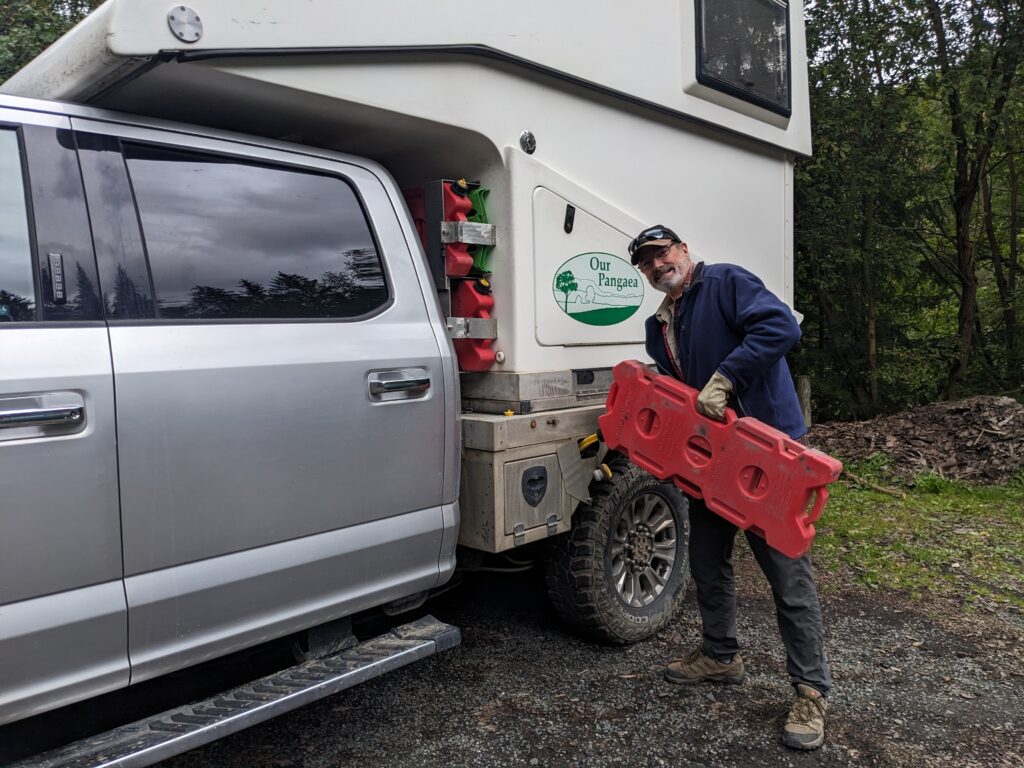
Anyway, tears aside, we crossed the border into the Netherlands and called stumps for the day, camping in the backyard of a small farm outside of Eindhoven. We were within striking distance of the Zeebrugge port where we had to drop Tramp off but we still needed to fix the Webasto cooker and do a long list of chores before saying good bye to him.
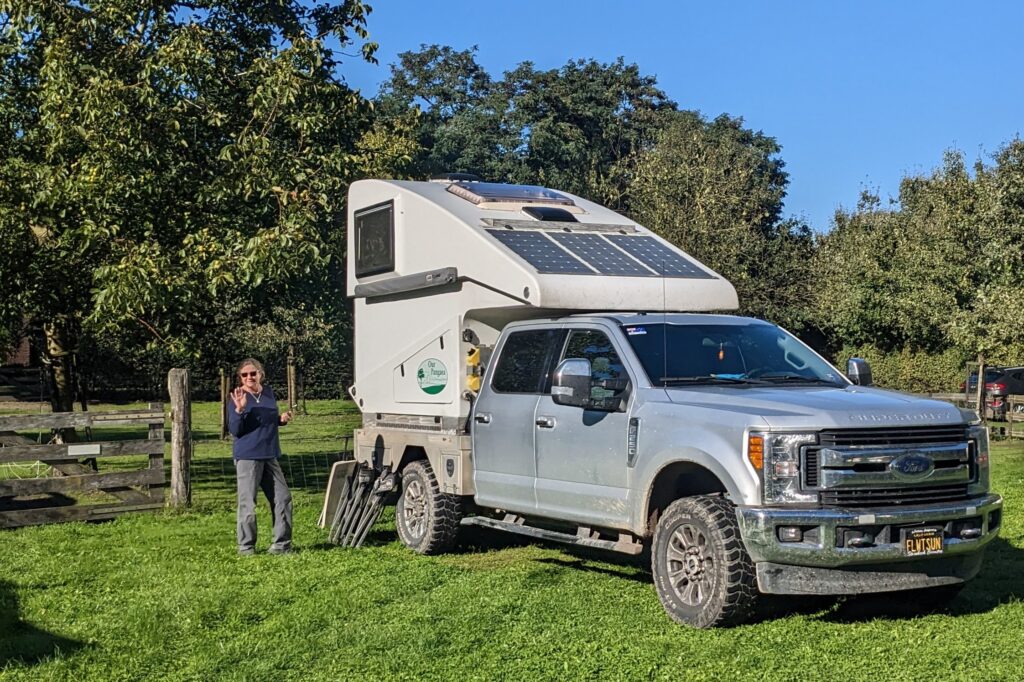
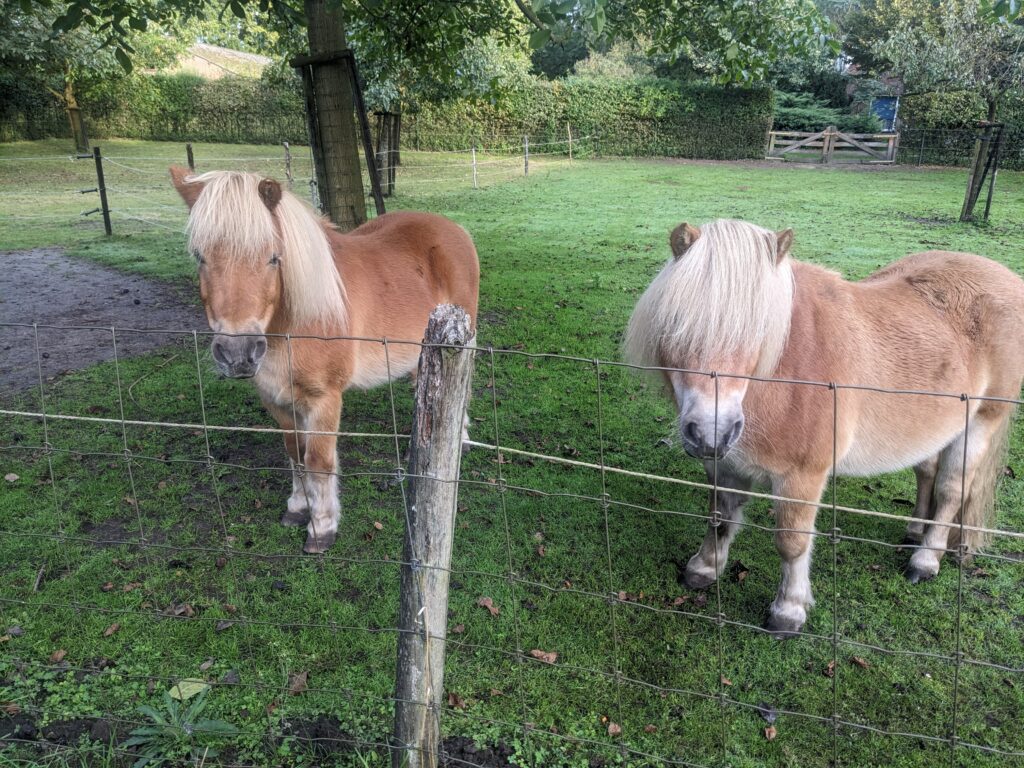
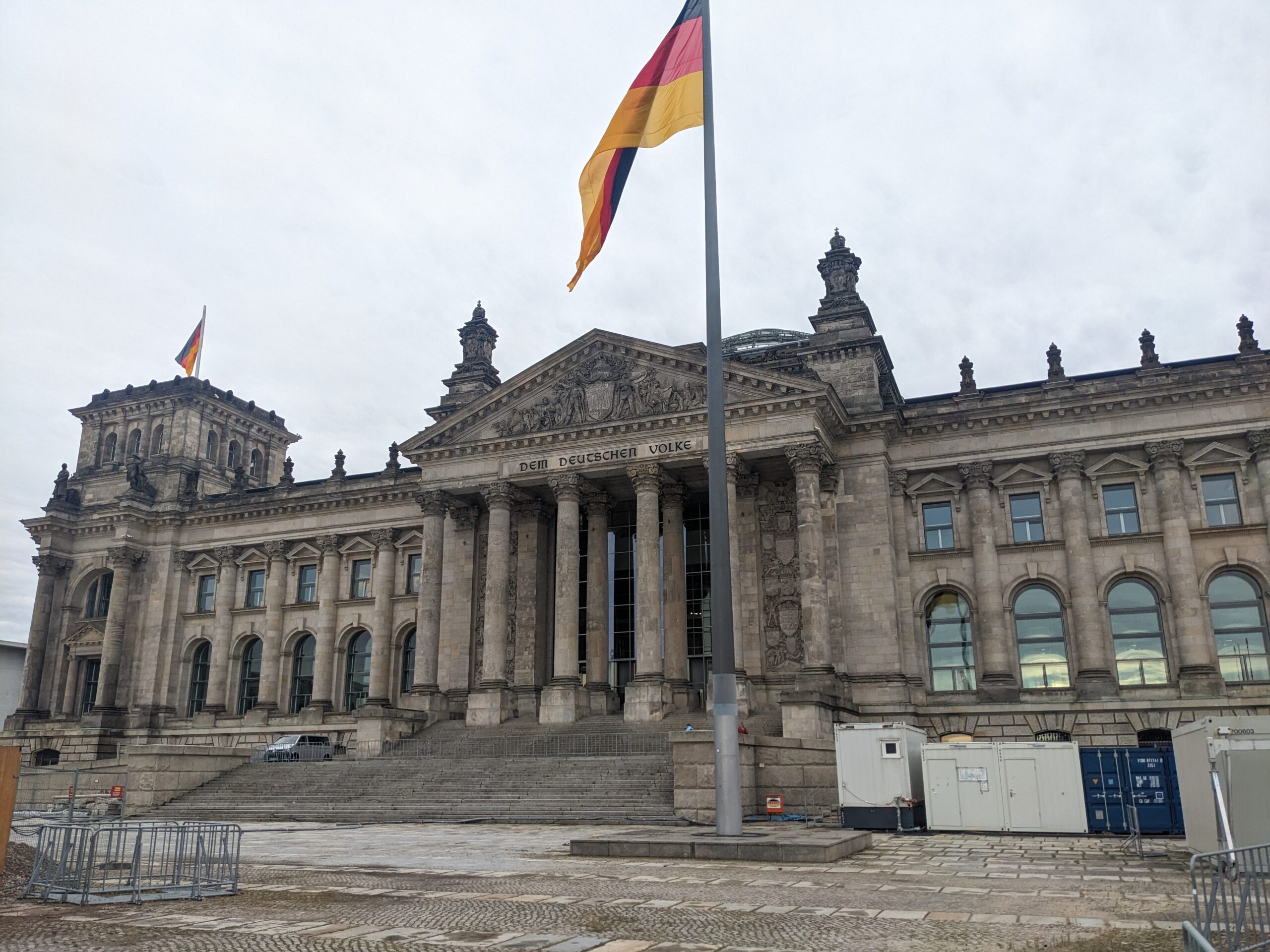
Comments
Deutschland — No Comments
HTML tags allowed in your comment: <a href="" title=""> <abbr title=""> <acronym title=""> <b> <blockquote cite=""> <cite> <code> <del datetime=""> <em> <i> <q cite=""> <s> <strike> <strong>